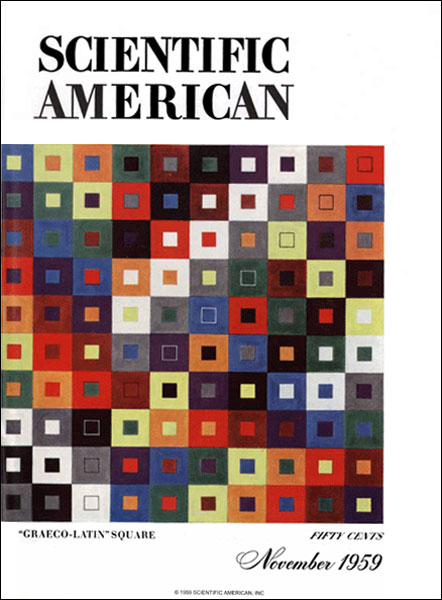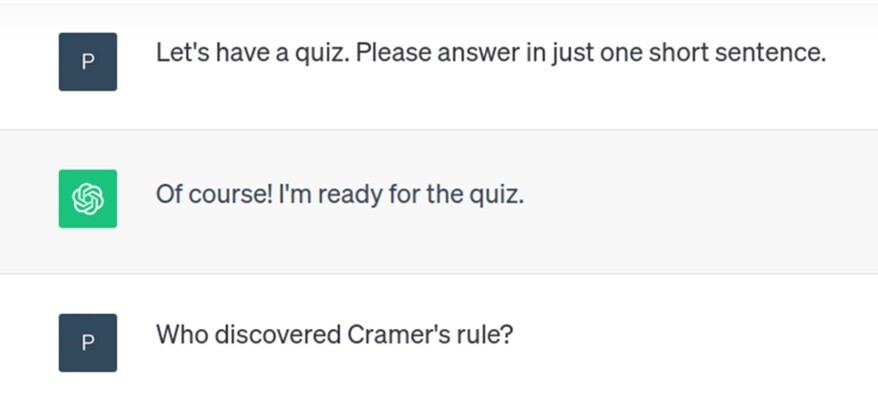The UK Government have announced the new set of King’s Birthday Honours. Here’s our selection of particularly mathematical entries for this year. If you spot any more, let us know in the comments and we’ll add to the list.
- Philippa Bonay, Director, Operations, Office for National Statistics. Appointed OBE for Public and Charitable Services.
- Anne Davis, Professor of Mathematical Physics, University of Cambridge. Appointed OBE for services to Higher Education and to Scientific Research.
- Paul Fannon, Fellow, Christ’s College, Cambridge, and Volunteer, United Kingdom Mathematics Trust. Appointed OBE for services to Education.
- Ian Hall, Professor of Mathematical Epidemiology and Statistics, University of Manchester and Senior Principal Modeller, UK Health Security Agency. Appointed OBE for services to Public Health, to Epidemiology and to Adult Social Care, particularly during Covid-19.
- David Marshall, Lately Director of Census, Northern Ireland Statistics and Research Agency (now Northern Ireland chief electoral officer). Appointed OBE for services to Official Statistics and Census-taking in Northern Ireland.
- Bruno Reddy, Founder and Chief Executive Officer, Maths Circle, Ampthill, Bedfordshire, and creator of Times Tables Rock Stars. Appointed OBE for services to Education.
- Sam Rose, Deputy Director, Data and Analysis Division, Department for Transport. Appointed OBE for services to Advanced Analytics
- Matthew Woollard, Professor of Data Policy and Governance, UK Data Archive, University of Essex. Appointed OBE for services to Data Science
- George McMath, Lately Deputy Principal, Northern Ireland Statistics and Research Agency, Northern Ireland Civil Service. Appointed MBE for services to the Northern Ireland Census.
Get the full list from gov.uk. Spot anyone we’ve missed? Let us know in the comments.



